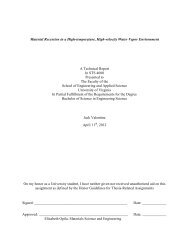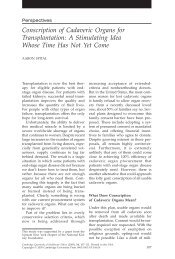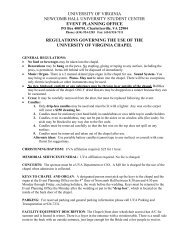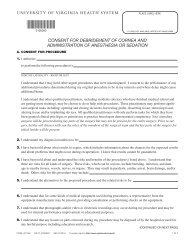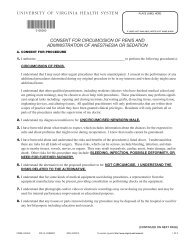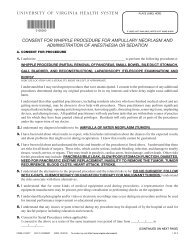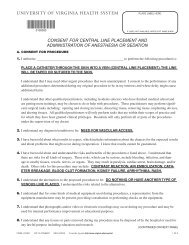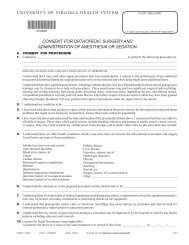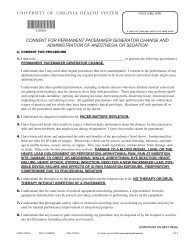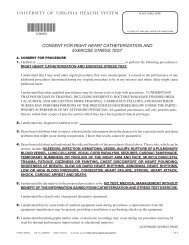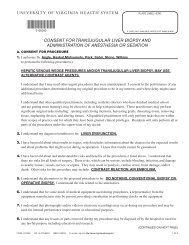- Page 1 and 2: Brick_Wood_Stone_Land_Water_Measure
- Page 3 and 4: In mid-July 1817, in a small brick
- Page 5 and 6: Brick_Wood_Stone_Land_Water_Measure
- Page 7 and 8: Brick_Wood_Stone_Land_Water_Measure
- Page 9: Principal Carpenters and Brickmason
- Page 13 and 14: Brick_Wood_Stone_Land_Water_Measure
- Page 15 and 16: Brick_Wood_Stone_Land_Water_Measure
- Page 17 and 18: Brick_Wood_Stone_Land_Water_Measure
- Page 19 and 20: Brick_Wood_Stone_Land_Water_Measure
- Page 21 and 22: Brick_Wood_Stone_Land_Water_Measure
- Page 23 and 24: Brick_Wood_Stone_Land_Water_Measure
- Page 25 and 26: Brick_Wood_Stone_Land_Water_Measure
- Page 27 and 28: Brick_Wood_Stone_Land_Water_Measure
- Page 29 and 30: first pavilion Brick_Wood_Stone_Lan
- Page 31 and 32: Brick_Wood_Stone_Land_Water_Measure
- Page 33 and 34: Brick_Wood_Stone_Land_Water_Measure
- Page 35 and 36: Brick_Wood_Stone_Land_Water_Measure
- Page 37 and 38: Brick_Wood_Stone_Land_Water_Measure
- Page 39 and 40: Brick_Wood_Stone_Land_Water_Measure
- Page 41 and 42: Brick_Wood_Stone_Land_Water_Measure
- Page 43 and 44: Brick_Wood_Stone_Land_Water_Measure
- Page 45 and 46: Brick_Wood_Stone_Land_Water_Measure
- Page 47 and 48: first pavilion Brick_Wood_Stone_Lan
- Page 49 and 50: Brick_Wood_Stone_Land_Water_Measure
- Page 51 and 52: Land Purchase of 1817 in relation t
- Page 53 and 54: Brick_Wood_Stone_Land_Water_Measure
- Page 55 and 56: Brick_Wood_Stone_Land_Water_Measure
- Page 57 and 58: Jefferson’s original survey of th
- Page 59 and 60: Brick_Wood_Stone_Land_Water_Measure
- Page 61 and 62:
Transformation of Jefferson’s con
- Page 63 and 64:
Brick_Wood_Stone_Land_Water_Measure
- Page 65 and 66:
Brick_Wood_Stone_Land_Water_Measure
- Page 67 and 68:
Brick_Wood_Stone_Land_Water_Measure
- Page 69 and 70:
Brick_Wood_Stone_Land_Water_Measure
- Page 71 and 72:
200 feet Brick_Wood_Stone_Land_Wate
- Page 73 and 74:
Brick_Wood_Stone_Land_Water_Measure
- Page 75 and 76:
Brick_Wood_Stone_Land_Water_Measure
- Page 77 and 78:
Brick_Wood_Stone_Land_Water_Measure
- Page 79 and 80:
Brick_Wood_Stone_Land_Water_Measure
- Page 81 and 82:
Brick_Wood_Stone_Land_Water_Measure
- Page 83 and 84:
Brick_Wood_Stone_Land_Water_Measure
- Page 85 and 86:
Brick_Wood_Stone_Land_Water_Measure
- Page 87 and 88:
Brick_Wood_Stone_Land_Water_Measure
- Page 89 and 90:
Brick_Wood_Stone_Land_Water_Measure
- Page 91 and 92:
Brick_Wood_Stone_Land_Water_Measure
- Page 93 and 94:
Brick_Wood_Stone_Land_Water_Measure
- Page 95 and 96:
Brick_Wood_Stone_Land_Water_Measure
- Page 97 and 98:
Brick_Wood_Stone_Land_Water_Measure
- Page 99 and 100:
Brick_Wood_Stone_Land_Water_Measure
- Page 101 and 102:
Brick_Wood_Stone_Land_Water_Measure
- Page 103 and 104:
Brick_Wood_Stone_Land_Water_Measure
- Page 105 and 106:
Brick_Wood_Stone_Land_Water_Measure
- Page 107 and 108:
Brick_Wood_Stone_Land_Water_Measure
- Page 109 and 110:
Brick_Wood_Stone_Land_Water_Measure
- Page 111 and 112:
Brick_Wood_Stone_Land_Water_Measure
- Page 113 and 114:
Brick_Wood_Stone_Land_Water_Measure
- Page 115 and 116:
Brick_Wood_Stone_Land_Water_Measure
- Page 117 and 118:
Land Purchase of 1817 in relation t
- Page 119 and 120:
Brick_Wood_Stone_Land_Water_Measure
- Page 121 and 122:
Brick_Wood_Stone_Land_Water_Measure
- Page 123 and 124:
Jefferson’s original survey of th
- Page 125 and 126:
Brick_Wood_Stone_Land_Water_Measure
- Page 127 and 128:
Transformation of Jefferson’s con
- Page 129 and 130:
Brick_Wood_Stone_Land_Water_Measure
- Page 131 and 132:
Brick_Wood_Stone_Land_Water_Measure
- Page 133 and 134:
Brick_Wood_Stone_Land_Water_Measure
- Page 135 and 136:
Brick_Wood_Stone_Land_Water_Measure
- Page 137 and 138:
Brick_Wood_Stone_Land_Water_Measure
- Page 139 and 140:
Brick_Wood_Stone_Land_Water_Measure
- Page 141 and 142:
first pavilion Brick_Wood_Stone_Lan
- Page 143 and 144:
Brick_Wood_Stone_Land_Water_Measure
- Page 147:
in 1820... 1 pine tree cost $1 7 pi



